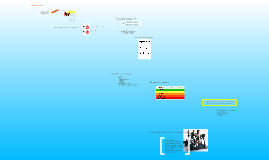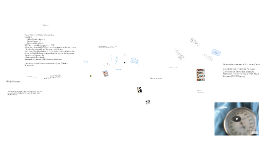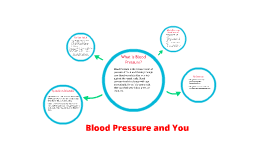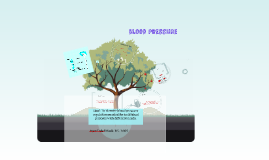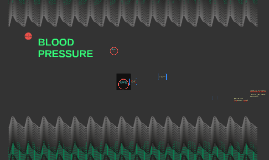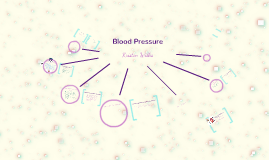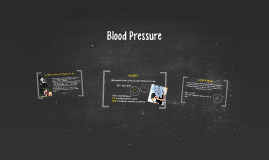Blood Pressure
Transcript: Blood Pressure Objectives Understand the anatomy & physiology behind blood pressure & cardiac cycle Differentiate systolic and diastolic blood pressure values Develop a systematic approach to the patient Know the blood pressure classifications Why is Blood pressure important? Incidence: 77.9 Millions Americans (1 out of every 3) Incidence: Male > Female before 45 Male = Female 45-64 Female > Male after 65 HTN is 2-3 more likely in women on OCP African americans with HTN have increasing prevalence for last 15 years. They develop early in life and have greater death rates About 69% of people who have a first heart attack, 77% who have a first stroke, and 74% who have congestive heart failure have blood pressure higher than 140/90 mm Hg. Death from HTN are rising Estimated 7.2% increase of HTN nationwide by 2030 reference: American Heart Association (2013). 2013 Update on Hypertension Estimated direct and indirect cost associated with HTN... $ 51,000,000,000. (AHA, 2009) (yes, thats billions) Risk factors Risk factors: genetic, gender, ethnicity, weight, lower education and socioeconomic class, lower phys activity, psychosocial stressors, dietary. Persistant high blood pressure can lead to: CVA, TIA, AMI, hypertensive cardiomyopathy, hypertensive nephropathy, elevated blood glucose, hypertensive retinopathy, hypertensive encephalopathy. What is blood pressure? At its basic, it is the pressure of blood against the walls of the arteries. Pressure is affected by 2 factors 1. Contractility of heart 2. Resistance of blood vessels 120/80 = Systolic/diastolic The higher (systolic) number represents the pressure while the heart contracts to pump blood to the body. The lower (diastolic) number represents the pressure when the heart relaxes between beats. Other factors that influence BP: volume, viscosity. PULSE PRESSURE is the difference in the systolic and diastolic pressure. Sphygmomanometer Choose the right size cuff Support patient’s arm Korotkoff sounds over brachial artery Stepwise approach Find a quiet room Remove extra clothing from site Locate the brachial pulse Center cuff bladder over brachial artery (2.5 cm above antecubital space) (use arrows on cuff) Secure cuff snugly with patients arm slightly flexed Hold patient’s arm or secure on a flat surface Palpate radial pulse then inflate (+30mmHg is the maximum) - deflate* Wait 30 seconds before re-inflating* Place stethoscope over brachial pulse Inflate to your target and deflate slowly, auscultating the sounds * - optional Record the number of the first sound heard (systolic) Record the number of the last sound heard. (diastolic) BP Guidelines: Normal <120/ <80 Prehypertension 120-139 or 80-89 Stage I HTN 140-159 or 90-99 Stage II HTN >160 or >100 Information contained in this lecture from: Seventh Report of the Joint National Committee on Prevention, Detection, Evaluation, and Treatment of High Blood Pressure (JNC 7 Express)






